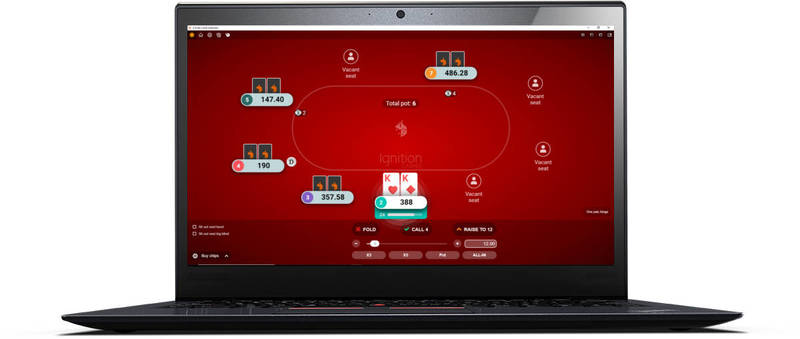Texas Hold'em Strategy Newsletter Example
This is almost exactly how the newsletter will look when it hits your inbox. As you can see it is pretty plain, but it is much better than newsletters that are full of images with a template that takes 10 minutes to load in my opinion.
*** HELLO AND SITE NEWS ***
Hows it hanging? Just wanted to mention that nothing has been added or changed to ThePokerBank.com over the last few weeks, but that's not a bad thing. I've been working on a redesign that should liven it up, plus I will be adding/improving stuff.
The new site is penciled in for a launch at around the end of May, but I think we all know deadlines get pushed back and all that, so don't be horrified when you find out that the new site comes out a hell of a lot later than planned. I hope you find it worth the wait anyway (if you are indeed anxiously waiting).
Other than that, hope your poker playing is going well. The following strategy involves some pot odds, so make sure you brush up on that if you're not familiar with mathematics.
https://www.thepokerbank.com/pot-odds.html
*** STRATEGY ***
** Splitting up your decisions **
When you are playing a drawing hand (like a flush or something like that), you have to be prepared to keep your decisions independent of one another, even if you are making two separate decisions in the same betting round.
What do I mean by this? Allow me to give you a common example:
You are on the turn with the nut flush draw. There is $100 in the pot, and you and your opponent have $500 left in your stacks. Your opponent is first to act and bets $60 in to the pot, and you are faced with you first decision.
* First Decision *
This bet gives you pot odds of just under 3:1, which are not really good enough for a call here. In spite of this, you believe that you can get your opponent off their hand, so you decide to make a semi-bluff and raise it up to $200.
This is a solid play, as even if your opponent does call you still have a decent chance of winning the hand (odds are 4:1 for you to complete your flush). However, your opponent pushes in for $300 more and you are faced with another decision in this same betting round.
* Second Decision *
At this point, many players will think to themselves "I have invested so much in the hand now, I may as well call". However, the problem is that you are faced with a totally new situation that should not be influenced by the fact that you have already put money in to the pot at this point. You need to take the mathematics as it is and work with them to figure out the best play.
So with a little bit of maths, we find that there is $700 in the pot and we have to call $300 to play on. This gives us pot odds of 2.3:1, which are definitely not good enough for us to call with our flush draw that has 4:1 odds of completing.
So instead of throwing money in to the pot because we are trying to convince ourselves that we are "committed", we should let the hand and save our money. Folding is the most profitable play in this situation.
* Evaluation *
You should never allow yourself to be influenced by a previous bet or raise in a hand when making a mathematical decision. After you have put money in to the pot, that money belongs to the pot and not to you, so don't feel attached to it. If you ever feel committed to a hand, you are more than likely going to be calling too much money to complete draws that will not be profitable in the long run.
Take each situation as it is and go from there. Forget about the money you have put in the pot up to that point. If a call is not profitable, it is not profitable. It's a simple as that.
Take care,
Greg
https://www.thepokerbank.com
Go back to the Texas Holdem newsletter.

